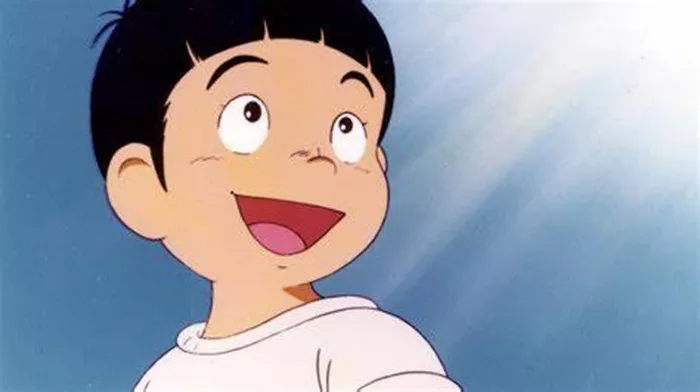Studio Ghibli’s Grave of the Fireflies is widely regarded as one of the most poignant war dramas in anime, capturing the devastating impact of World War II on innocent civilians. For fans of this somber masterpiece, there is another, lesser-known yet equally powerful film that deserves attention: Barefoot Gen. Produced by Madhouse Studio in 1983, this animated feature offers a haunting glimpse into the horrors of the Hiroshima bombing, making it a must-watch for those moved by Grave of the Fireflies.
A Historical Masterpiece by Madhouse Studio
Barefoot Gen is an autobiographical account loosely based on the experiences of Keiji Nakazawa, a survivor of the Hiroshima atomic bombing. The film follows the life of a young boy named Gen as he navigates the harrowing aftermath of the bombing, struggling to survive in a world torn apart by war. Like Grave of the Fireflies, Barefoot Gen does not shy away from depicting the brutal realities of war, making it a chilling and powerful addition to any anime history enthusiast’s watchlist.
The Shared Tragedy of Grave of the Fireflies and Barefoot Gen
Both Grave of the Fireflies and Barefoot Gen focus on the experiences of children during World War II, highlighting the innocence lost in the face of overwhelming destruction. While Grave of the Fireflies tells the story of Seita and Setsuko, two siblings left to fend for themselves after the firebombing of their city, Barefoot Gen portrays the life of a young boy who survives the atomic bombing of Hiroshima but loses his family and friends. Both films are unflinching in their depiction of war’s devastation, leaving a lasting impact on viewers.
Controversy and Critique
Despite their powerful messages, both Barefoot Gen and Grave of the Fireflies have faced controversy. Barefoot Gen was temporarily banned in some Japanese schools in 2012 due to its graphic content, though the ban was lifted after a review in 2013. The author, Keiji Nakazawa, defended the film’s depiction of war, stating, “War is brutal. It expresses that in pictures, and I want people to keep reading it.”
Additionally, some critics argue that these films, along with others like Howl’s Moving Castle, subtly incorporate Japanese nationalism or propaganda. This critique highlights the complex nature of war narratives, where the focus on the suffering of Japanese civilians can be seen as an attempt to evoke sympathy while omitting the darker aspects of Japan’s wartime actions.
A Broader Perspective on War Narratives
While the critique of Japanese media’s portrayal of war is not unfounded, it is essential to recognize that war narratives from any nation often carry a particular perspective. Western media, like its Eastern counterpart, has also been accused of using stories to shape public opinion. However, films like Grave of the Fireflies and Barefoot Gen offer Western audiences a unique insight into the Japanese experience of World War II, fostering a deeper understanding of a perspective often overlooked.
Conclusion
Barefoot Gen is a powerful, necessary companion to Grave of the Fireflies, offering an uncomfortably real look at the horrors of war through the eyes of a child. For those who were moved by Studio Ghibli’s portrayal of wartime suffering, Barefoot Gen is an essential watch, providing a broader understanding of the Japanese experience during one of history’s darkest periods.

